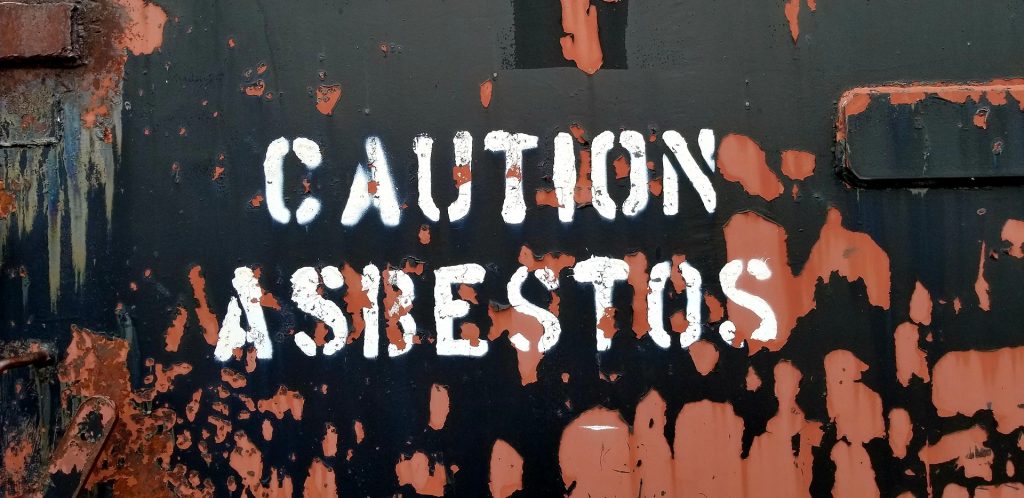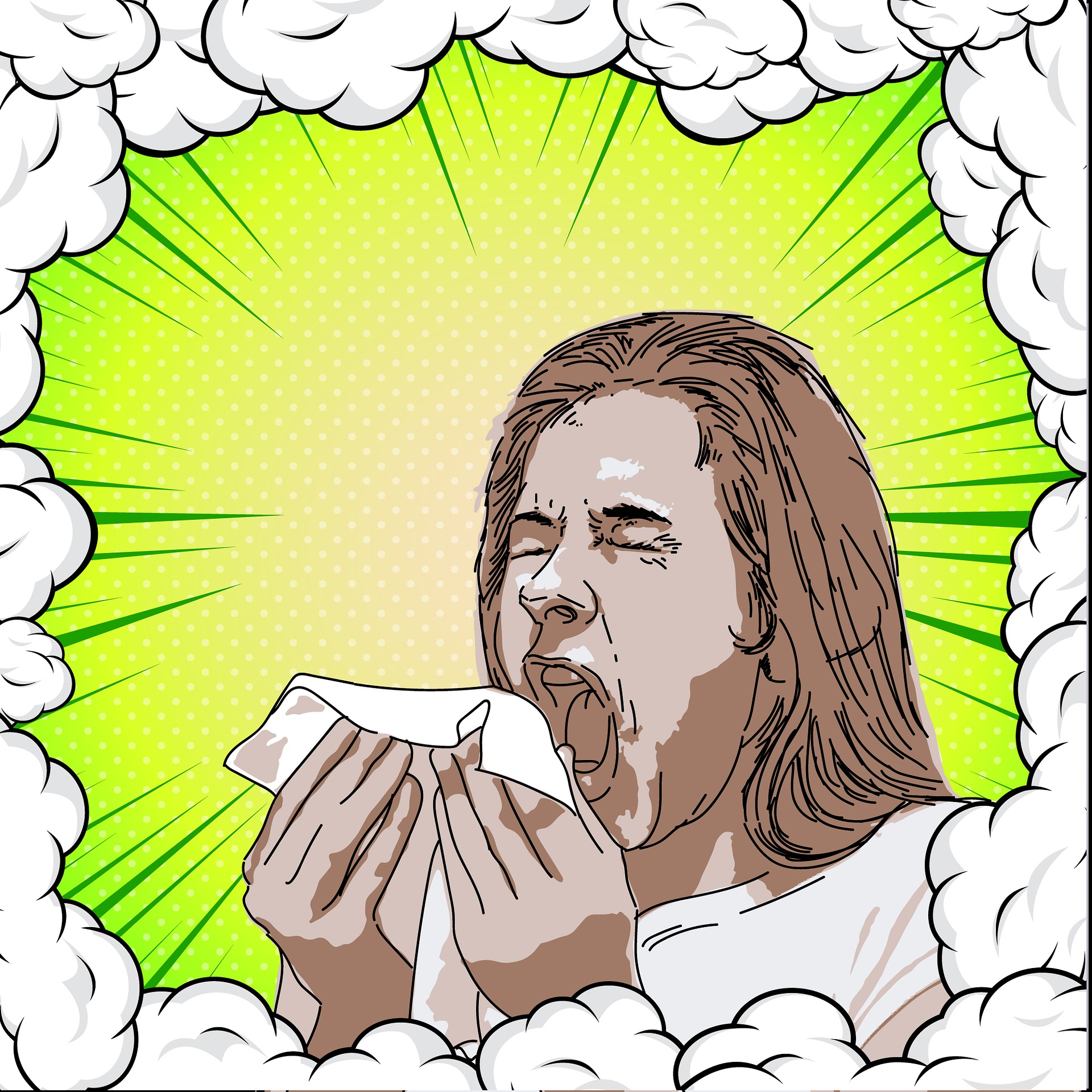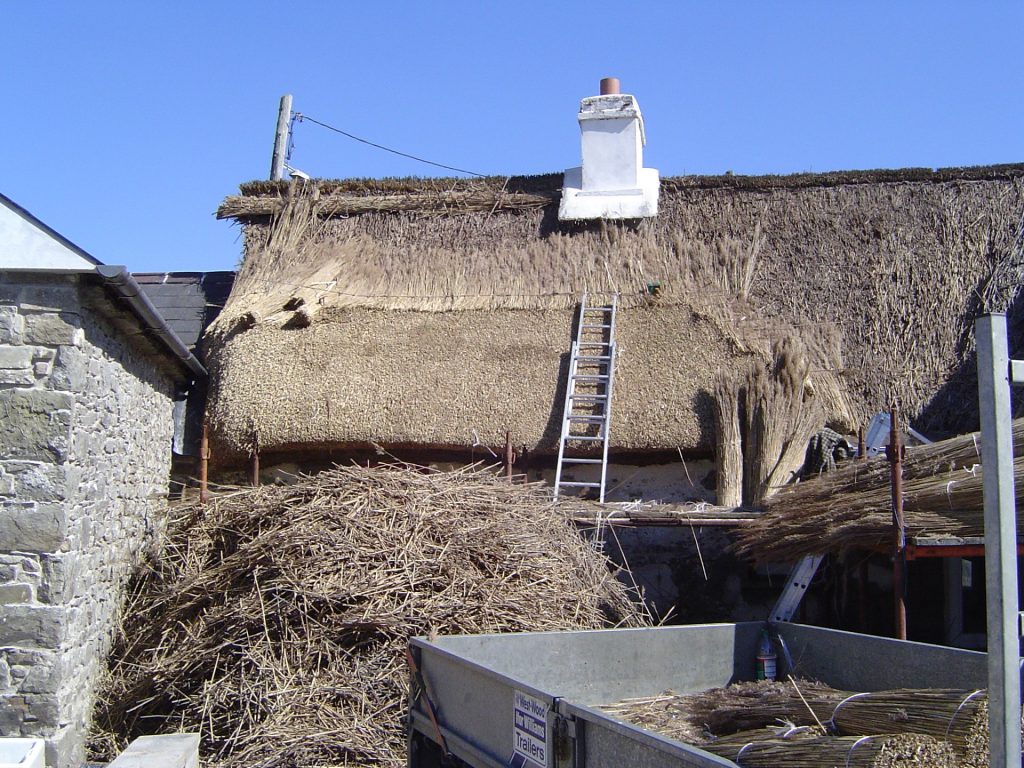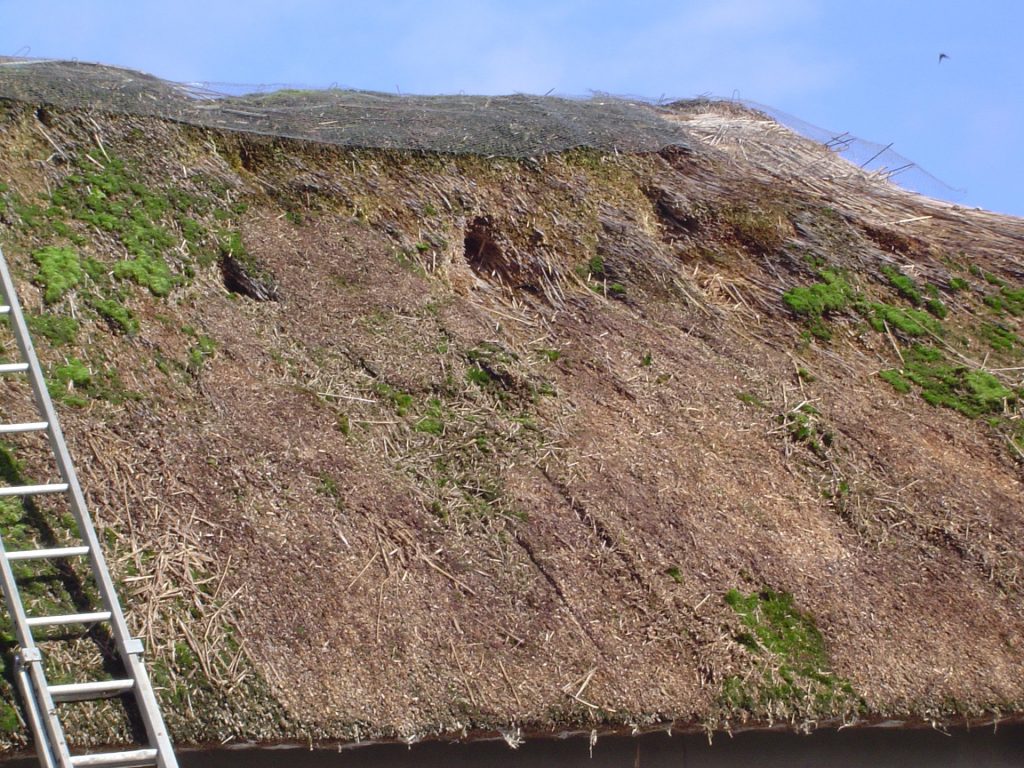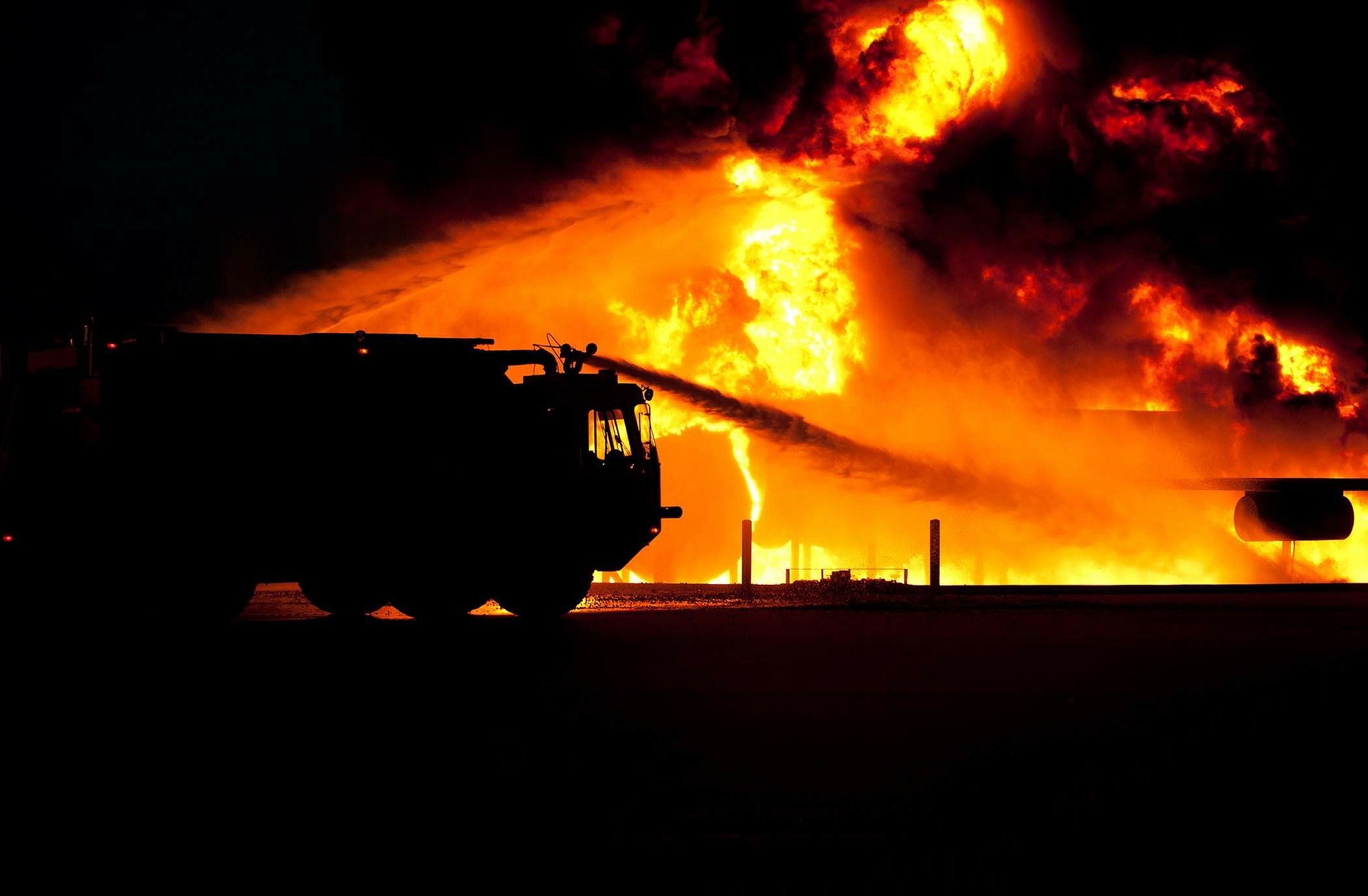What is Asbestosis
Asbestosis is a deadly chronic lung condition that results from the inhalation of asbestos fibers. There are six different types of asbestos fibers including amosite, crocidolite, anthophyllite, chrysotile, tremolite, and actinolite. Several types of asbestos, like amosite and actinolite, have been used in construction materials such as cement, chemical insulation, thermal insulation, and roofing material.
Due to the unique properties of asbestos, it’s served many different uses across different cultures. For example, ancient Egyptians wrapped the bodies of their pharaohs in asbestos cloth which made them fire resistant and protected them from deterioration. In the United States, asbestos was used heavily in construction materials until the 1970s, when a number of regulations were imposed to limit its use.
Believe it or not, about 1% of all asbestos is still in use today, so it’s important to know when you’re at risk and what the warning signs of asbestosis are.
Asbestosis Symptoms – How do you know if you have it?
Asbestosis is a condition that primarily affects alveoli, the tiny air sacs that are responsible for the exchange of oxygen and carbon dioxide in the lungs. When asbestos enters the lungs, it results in a process called fibrosis which causes lung tissue to become stiff, eventually resulting in scar tissue. Asbestosis is commonly compared to emphysema, but this disease is usually caused by smoking.
Symptoms of asbestosis include chest pain and tightness, shortness of breath, and persistent coughing or wheezing. It has a long latency period, meaning it doesn’t develop until many years after its initial exposure. For most people, this period is around 20 to 30 years. Asbestosis is a progressive lung disease, so symptoms won’t get better on their own. The best way to treat it is with early diagnosis.
Where Does Exposure Occur?
In this day and age, the most common place you’ll encounter asbestos is in the workplace. If you are a professional in one of the following fields, you may want to speak with a doctor to ensure you’re not at risk:
• Metalworking
• Chemical plants
• Shipbuilding
• Mining
• Construction
• Electricity generation
Another way people come into contact with asbestos is secondhand exposure. People who work with or around asbestos often track the mineral into their homes on their skin or clothing. This puts their friends and family at a higher risk of contracting asbestosis as well.
Last but certainly not least, if you live in a home that was built before the 1980s, you may be at a higher risk of contracting asbestosis due to the building regulations of the time. The government was much more lenient when it came to using asbestos in things like insulation, roofing material, and tile. In this case, it’s imperative that you call a professional home inspection company to identify and remove the asbestos safely; never attempt to remove asbestos on your own!
What is Mesothelioma?
Contrary to popular belief, asbestosis and mesothelioma are not the same. While both these conditions are caused by asbestos, mesothelioma is a type of cancer and asbestosis is the scarring of lung tissue. Due to the nature of each disease, they may exhibit similar symptoms such as shortness of breath, painful coughing fits, and chest tightness or soreness. Unlike asbestosis, mesothelioma can result from very low exposure to asbestos. If you already have asbestosis, you may be at a higher risk of developing mesothelioma and vice versa.
Conclusion
Despite asbestos being largely pushed out of consumer products in the 1970s, asbestos is still a threat for many people. If you live in an old home or you work in one of the occupations listed above, you may want to contact a professional to ensure you’re safe. Both asbestosis and mesothelioma develop over a long period of time, so it’s best to act as soon as possible if you think you’ve been exposed to asbestos and you think you may have any of the symptoms of asbestosis.
Sources:
1.) asbestos.com
2.) mayoclinic.org
3.) lptmedical.com

